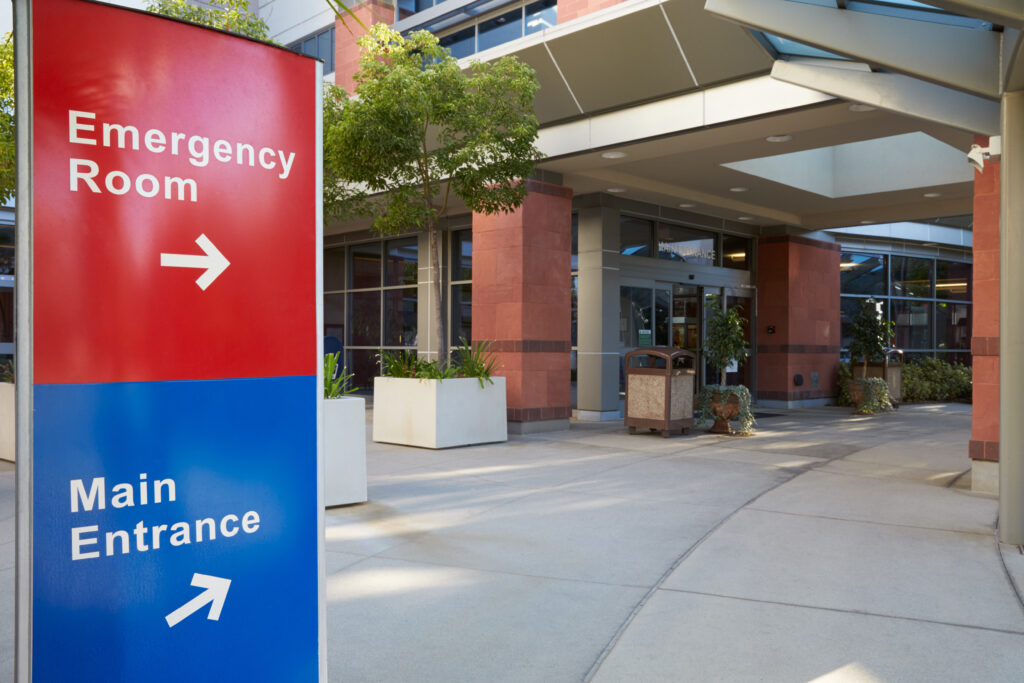Growth of hospital systems in the U.S. can facilitate cost savings by reducing inefficiencies. However, a competing narrative suggests hospital mergers can also result in higher prices for patients.
A new USC Schaeffer Center white paper evaluates California health data and finds that price growth was similar across system and nonsystem hospitals—growth not accounted for by patient mix. But, there was wide variation across hospital systems.
“Our data suggest the higher growth in prices is being driven by for-profit hospital systems,” Romley says. “Not-for-profit systems saw smaller changes.” Romley is also an associate professor at the Price School of Public Policy and the USC School of Pharmacy.
Average price growth was high among for-profit systems (31% over the study period), while non-profit and public systems had lower average price growth (13%) than nonsystem hospitals (15%).
Wide variation in price trends across hospital systems
Using data from California’s Department of Health Care Access and Information, the researchers assessed changes in the prices that California hospitals charged for caring for individuals with private health insurance over the period 2012 through 2018, with a particular focus on 37 hospital systems operating in the state. These systems saw an average of 13,330 private-pay discharges in 2018.
The two largest systems were Providence Health and Dignity Health, which had 17 and 30 member hospitals, respectively. The average was 5.4 hospitals, and most systems had three or fewer hospitals.
The study focused on prices paid by health insurers for private health plans, since these commercial insurers negotiate prices with hospitals. In contrast, Medicare and Medi-Cal programs set prices administratively, and private plans that cover patients in these public programs tend to pay similar prices.
On an annualized basis, the prices paid by private insurers per admission to nonsystem and system hospitals in California increased by +2.3% and +2.5% per year, respectively. For those hospitals affiliated with non-profit or public systems, price changes were slightly smaller (+2.1% per year) than at nonsystem hospitals. For context, national spending on hospital care increased by more than 4% per year (+28% overall) during this period.
These averages mask wide variation though. AHMC Healthcare’s eight hospitals saw an increase of 127% overall, or 14.7% per year. On the other hand, average price decreased for 13 of 37 health systems.
“There is a lot of talk about the negative effects of consolidation, but we found that not all systems are alike,” said Erin Trish, co-director of the USC Schaeffer Center and associate professor at the USC School of Pharmacy.
Not-for-profit systems saw slower price growth
In both California and the U.S., non-profit hospitals are far more numerous than for-profit hospitals. Hospital systems operating in California on a for-profit basis exhibited relatively high rates of price growth compared to non-profit hospitals that aim to provide community benefit, such as health services for underserved groups.
Hospital mergers have been subject to regulatory scrutiny, and debate continues about the role of ownership form in the hospital sector. This study contributes further evidence for consideration in these discussions.
“What we learned from the COVID-19 pandemic is that health systems have staff, resources and bandwidth whose benefits may not previously have been fully appreciated,” said Darius Lakdawalla, Schaeffer Center director of research. “Discussions about consolidation and market power require nuance around the benefits that hospital systems bring to the acquisition of non-system facilities.”
Moonkyung Kate Choi, adjunct professor of health economics at Keck Graduate Institute, also co-authored the paper. This research was funded in part by a gift from Cedars-Sinai.
Related Work
-
USC-Brookings Schaeffer on Health Policy
How Would Filling the Medicaid “Coverage Gap” Affect Hospital Finances?



